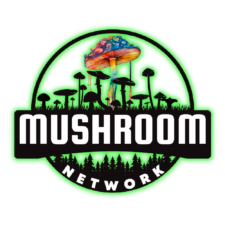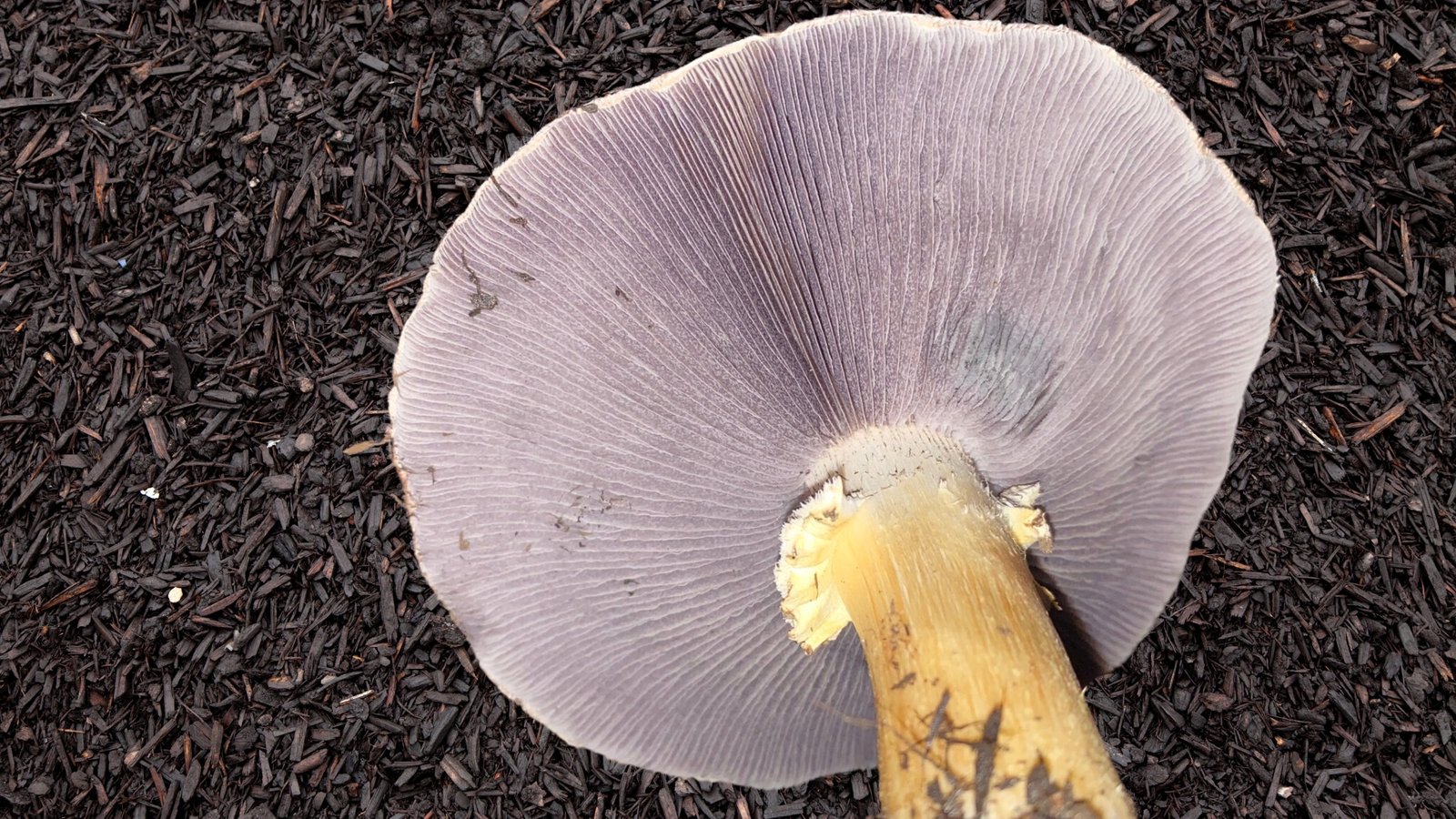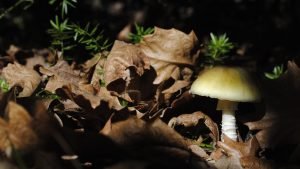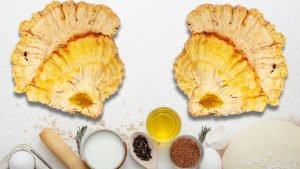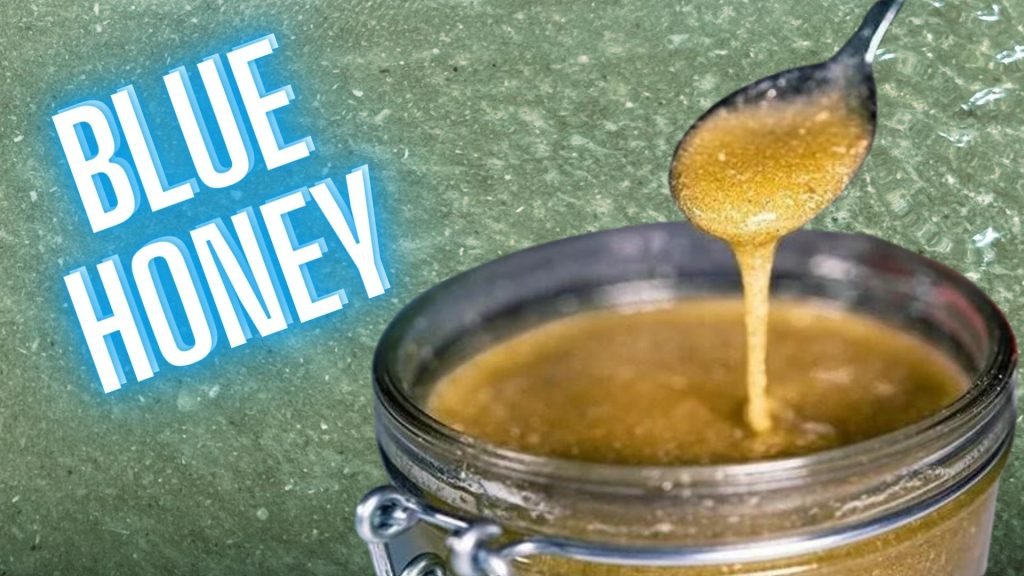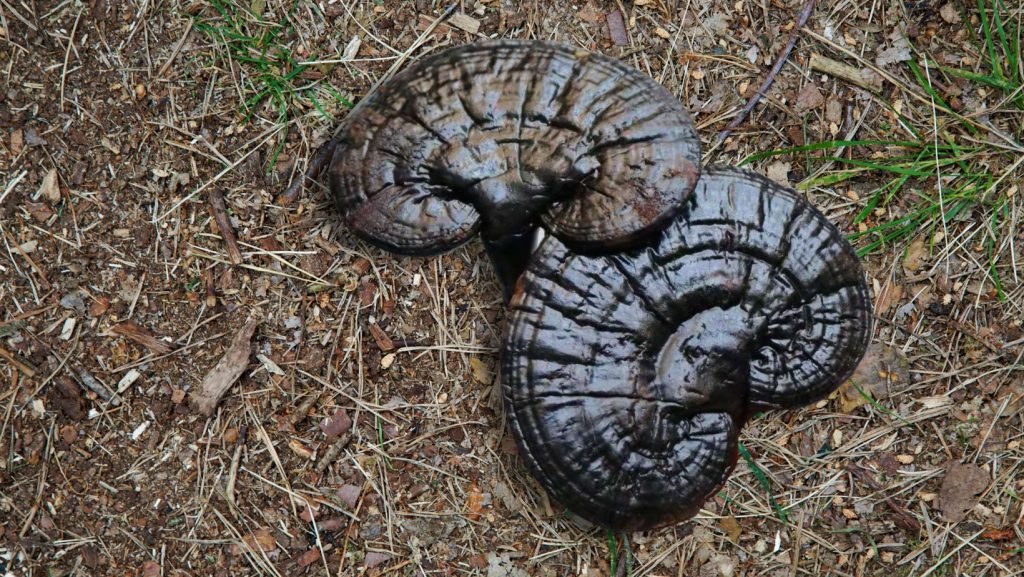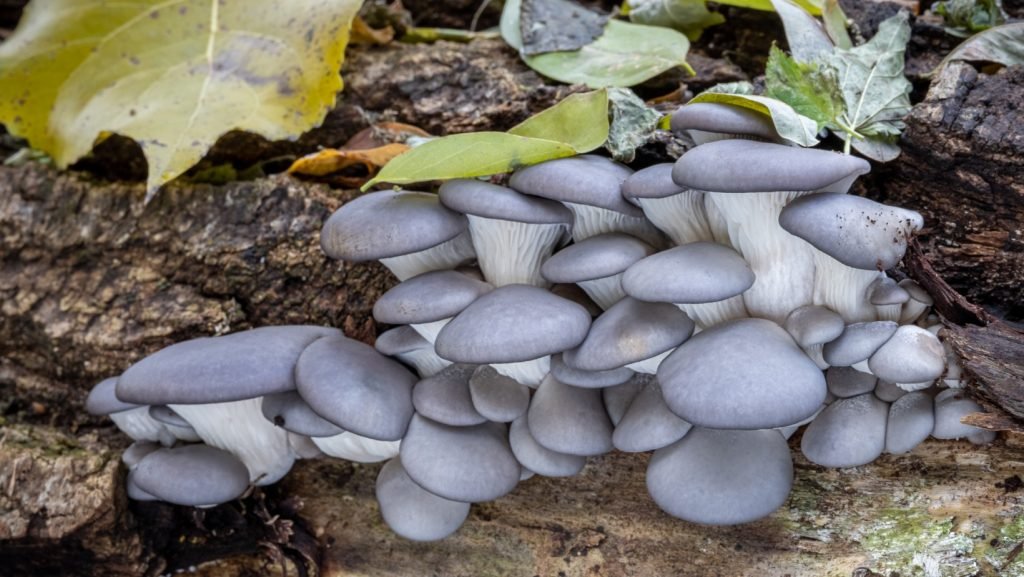When you picture an ally to our ecosystems, the Wine Cap Mushroom (Stropharia Rugosoannulata) may not be the first organism that springs to mind. But this remarkable fungi, known for its deep, wine-like coloration and meaty texture, plays a crucial role in nurturing healthy soils and promoting biodiversity.
Delving Deeper into the Wine Cap:
The Wine Cap Mushroom, aptly named for its burgundy-red cap, thrives in wood chips, straw, and garden soils. It forms symbiotic relationships with various plants, enhancing their ability to absorb nutrients and resist pathogens. This mutualistic relationship contributes to the vitality of the soil, creating more robust ecosystems that encourage biodiversity.
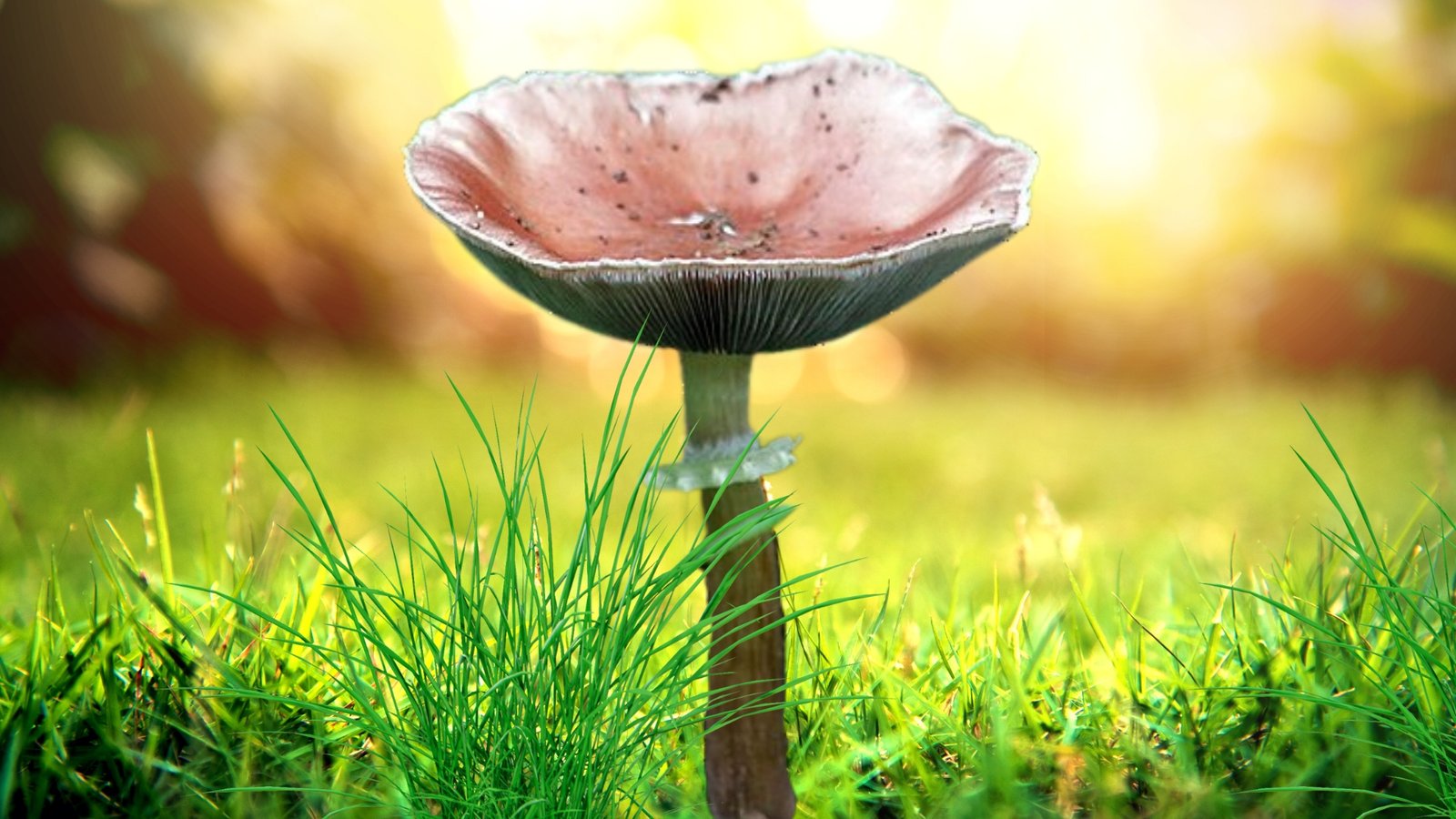
Soil Improvement:
One of the most impressive attributes of the wine cap mushroom is its ability to enhance soil fertility. As the mushroom grows and decomposes organic matter, it creates humus, a rich organic material that improves the soil structure. This humus provides the soil with essential nutrients and increases its capacity to retain water, both of which are vital to plant health.
Moreover, wine caps play a crucial role in recycling nutrients. As decomposers, they break down dead organic matter, converting it into forms that plants can utilize. This process is vital in forest ecosystems, as it allows nutrients from fallen trees and leaves to be returned to the soil.
Additionally, their network of mycelium acts as a kind of underground internet, connecting different plants and helping them communicate and exchange nutrients. This interaction is especially beneficial in polycultures, where different plant species coexist and benefit from each other’s presence.
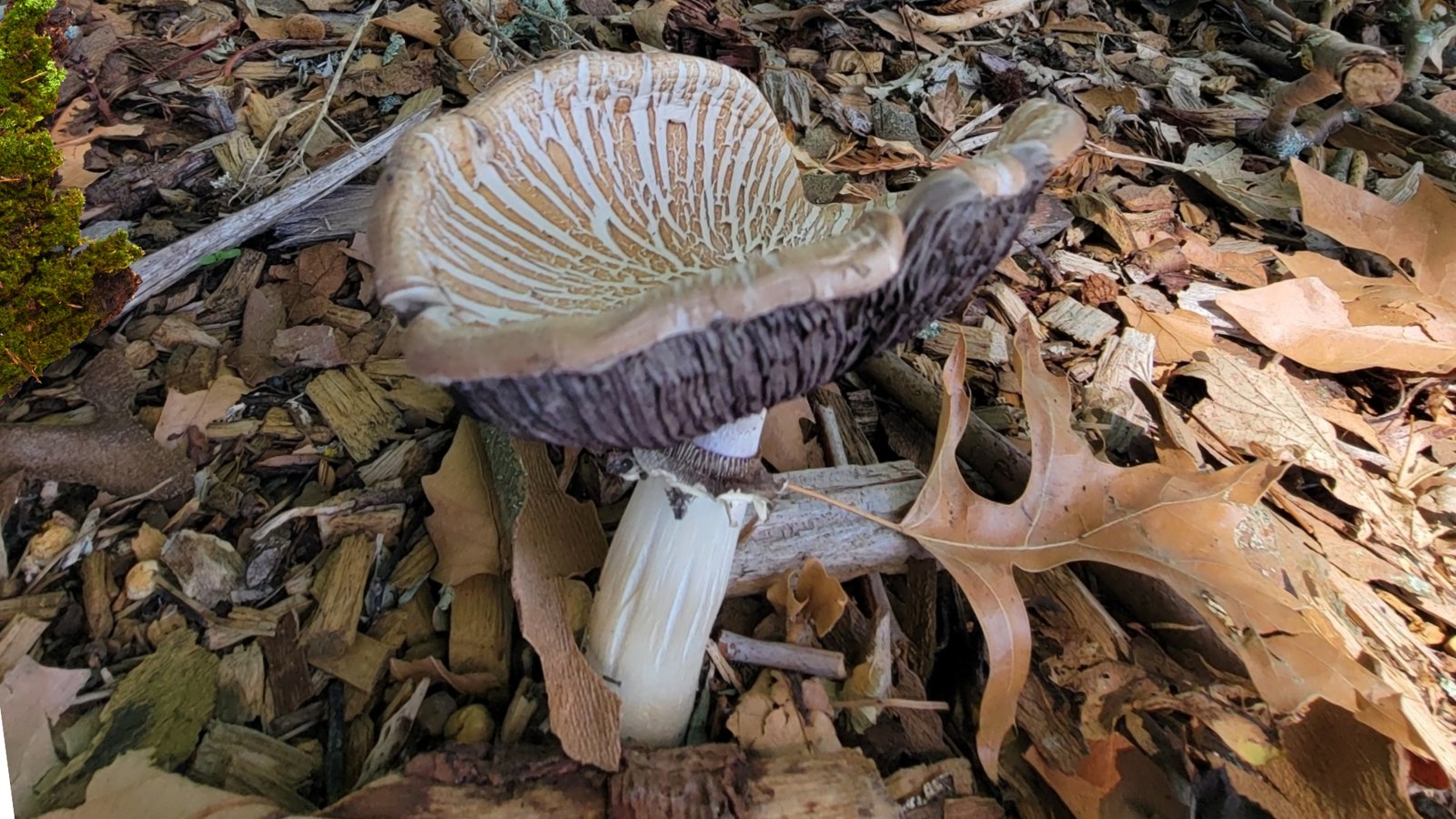
Biodiversity Enhancement
The Wine Cap Mushroom’s contribution to soil health directly impacts biodiversity. By improving soil quality, the wine cap provides a more welcoming habitat for a variety of insects, earthworms, and other organisms. The diversity of these smaller organisms, in turn, influences the variety of larger animals, creating a cascading effect on the entire ecosystem.
Furthermore, the Wine Cap’s association with diverse plant species promotes plant biodiversity. The improved soil conditions, combined with the mushroom’s nutrient exchange network, help a variety of plants thrive. As a result, the area becomes a rich mosaic of different plant species, which attracts a wider range of insects and animals.
Finally, the presence of the Wine Cap mushroom in an ecosystem may signal its overall health. Fungi are often among the first organisms to suffer from environmental stressors, so a thriving wine cap population can be a positive indicator of ecosystem well-being.
The universe of mushrooms is expansive, each variant bearing its own unique charm and characteristics. The Marketplace on the 🍄 Mushroom Network is a testament to this diversity. It is a haven for those seeking a deeper understanding of the magical world of mushrooms. If you’re keen on learning more about this type of mushroom and other mushroom variants, this Marketplace is your ultimate resource.
No posts found!
Environmental Restoration:
The beneficial properties of the wine cap mushroom extend to damaged or degraded ecosystems. Through its decomposition activities, the wine cap can help restore the fertility of soils in areas affected by overgrazing, deforestation, or pollution.
For instance, in forests that have been clear-cut, introducing Wine Cap Mushrooms can accelerate the recovery process. The mushrooms help decompose the stumps and branches left behind, returning vital nutrients to the soil. Over time, this allows for the regeneration of plant life and the return of animal species.
Moreover, in urban areas where soil quality is often poor, Wine Caps can contribute to the creation of urban green spaces. By improving soil fertility, they facilitate the growth of trees and other plants, turning barren urban landscapes into vibrant gardens or parks.
Finally, wine caps can be part of solutions to mitigate climate change. By storing carbon in the soil, they contribute to carbon sequestration, helping to reduce the amount of carbon dioxide in the atmosphere.
Not sure where to start? The 🍄 Mushroom Academy offers a wide range of courses tailored to your needs. Whether you’re a beginner eager to learn or an experienced mycologist looking to broaden your knowledge, the 🍄 Academy has something for everyone.
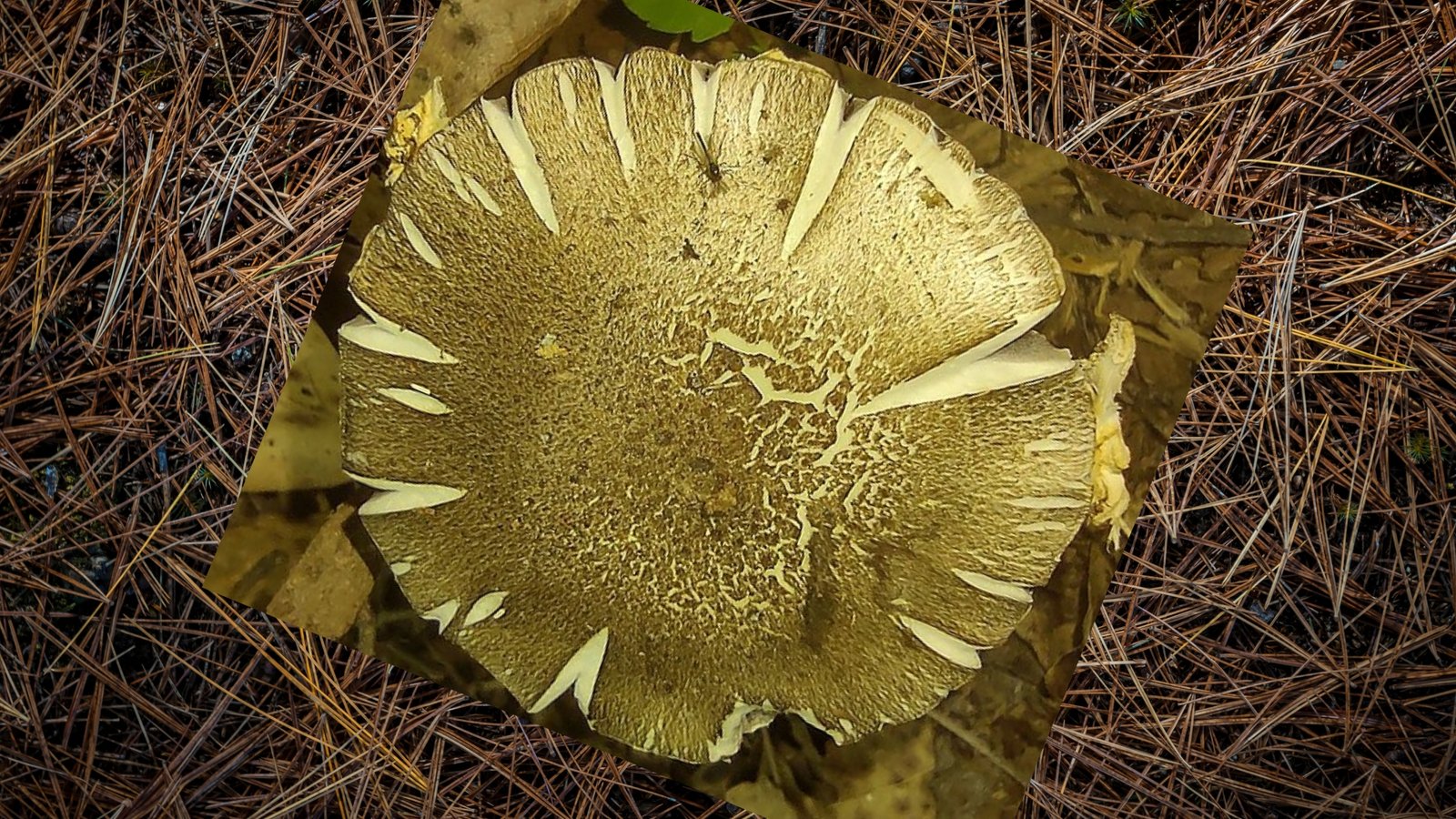
The Final Cap: Summarizing the Wine Cap’s Role
As we draw our exploration of the Wine Cap mushroom to a close, it becomes increasingly clear that this fungi’s role extends beyond culinary delight. It is a soil enhancer, a promoter of biodiversity, and a contributor to environmental restoration efforts.
In an era of escalating environmental challenges, recognizing and harnessing the power of such organisms becomes more critical. Through the humble Wine Cap, we gain a lens into the intricate, interconnected world of ecosystems, reinforcing the idea that every organism—no matter how small—plays a role in maintaining the planet’s health.
Don’t forget to check out the 🍄 Mushroom Network’s Marketplace to see what’s available. But hurry, our shelves are constantly evolving, and you wouldn’t want to miss out on this wonderful mushroom. Join our growing network of Patrons, Genetics, and Mycologist Vendors only on the 🍄 Mushroom Network!
Recommended Reads:
Divine Fungi: Mushrooms in Early Christian Rituals of Ancient Rome
About This Article: 🍄 Unearth the veiled links between mushrooms and early Christian rituals in...
Read More...The Health Benefits of White Oyster Mushrooms
White Oyster Mushrooms (Pleurotus Ostreatus) are prized globally not just for their culinary versatility but...
Read More...Amanita Phalloides: Unveiling the Deadly Secrets of the Death Cap
In the fascinating world of mycology, one mushroom stands out for its dark reputation and...
Read More...From Forest to Fork: The Culinary Delight of Chicken of the Woods
The vibrant orange hues of the Chicken of the Woods mushroom aren’t its only allure;...
Read More...Whoa there, Spore Sport! 🍄 Looks like you’re not logged in yet. Don’t you know what you’re missing? MYCO-CREDITS! Imagine all the fungal fun you could have. It’s like finding a Morel in May and not picking it. Tragic, right? Log In or Become a Myco-Patron and start racking up those credits. It’s more rewarding than finding a mushroom in your backyard! 🌟🏡
